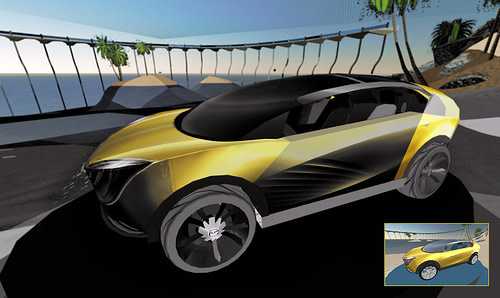

In the last decade many organizations have moved from Waterfall to Agile, changed from cumbersome (e.g., Microsoft Project) to real time planning (e.g., Trello, Rally), and have seen testing evolve from manual to automated.
Unfortunately, one thing that has remained largely unchanged has been the process of gathering business requirements.
Interview business owners and document feature requirements and success criteria
Consider feature requirement technical details and issues with technical leads
Create Business Requirements Document based on stakeholders, success criteria, dependencies, data model, data flow diagrams, feature lists, etc.
This alignment process has been both descriptive (business owner knows what they want) and prescriptive (business owner needs some suggestions). But, with the rise of UX, there is a dramatic shift taking place with the forward-thinking client organizations we are working with.
What if we considered end user design/look-and-feel BEFORE considering features and functionality?!
“Blasphemy!” a “Certified PMP” might state, without remembering what we’ve known for years … that it is best to “begin with the end in mind.”
Even before the Agile user story creation process, we’ve now seen firsthand the power of high fidelity prototyping in defining an end state vision before a project is kicked off. These prototypes have been used in initial Assessments to secure internal capital, align executives around the end state, and unite project teams on the goal. The prototypes then determine the user stories and it is awesome if you like this kind of stuff (which we do!)
How, then, is the requirements process altered? Consider:
Interview business owners and document user experience and success criteria
Brain storm end state (whiteboard process) and validate design capabilities with technical leads
Create high fidelity prototypes based on user experience, success criteria and validated end state design (the catch? You must have great UX capabilities)
Using this approach good things happen early.
Executive concerns are clearly understood with little project budget spent
User stories “write themselves” out of design review meetings
Acceptance criteria is quickly determined and easy to understand
The focus shifts from “features/functions” to “outcomes.”
Innovation through design is an Agile-friendly practice, indeed. Checkout the UXD Stack for more on Credera’s process of innovating…through design!
Contact Us
Let's talk!
We're ready to help turn your biggest challenges into your biggest advantages.
Searching for a new career?
View job openings